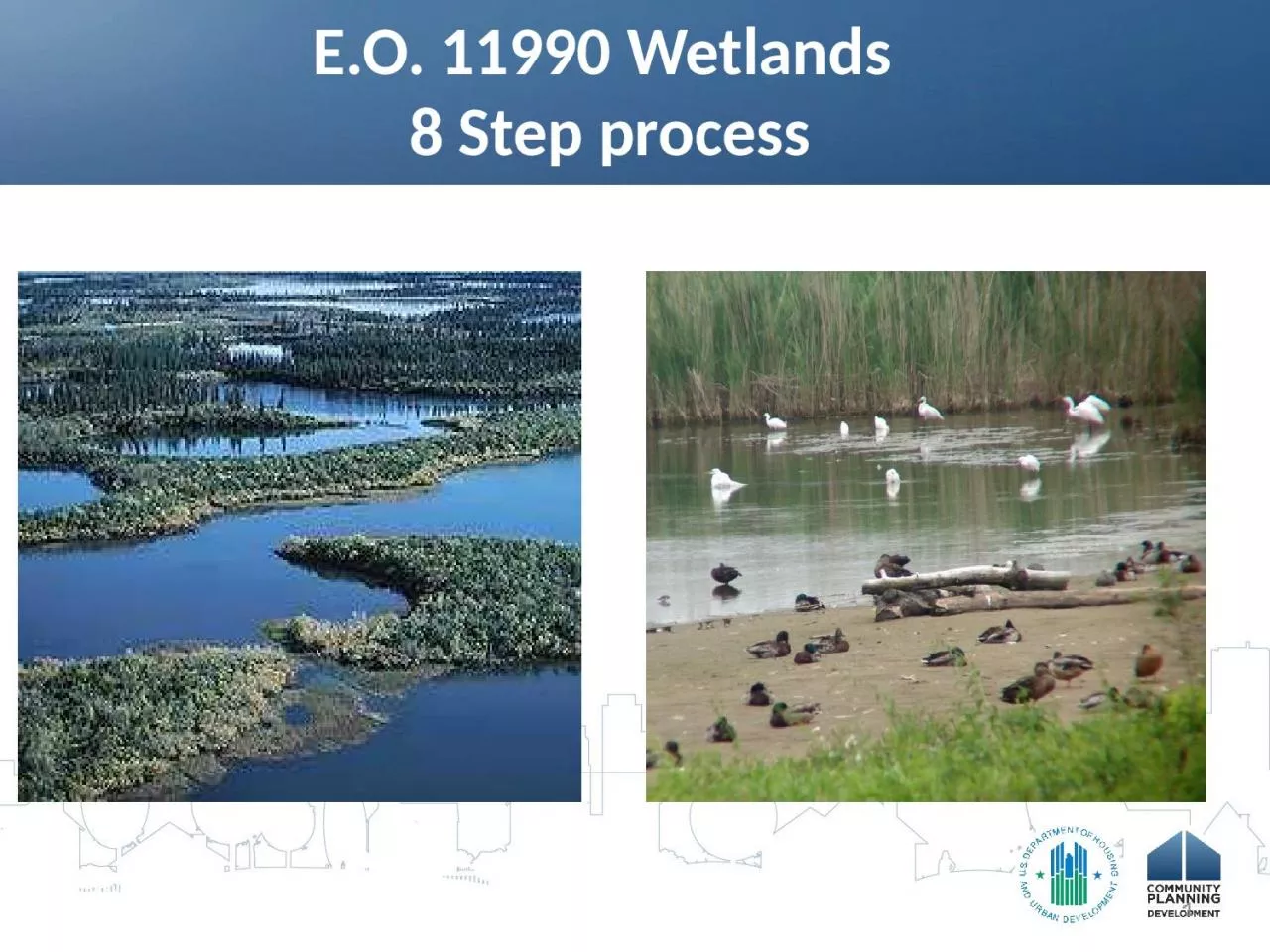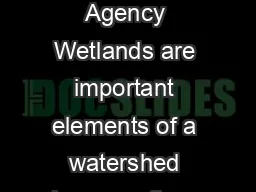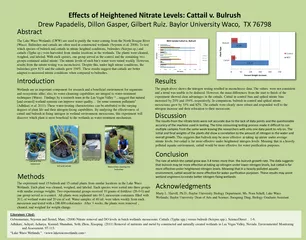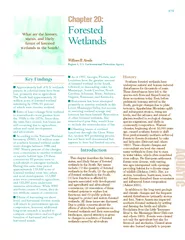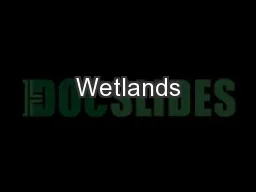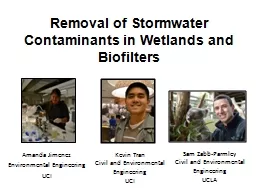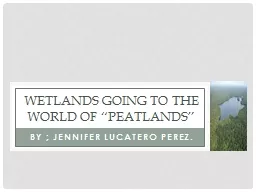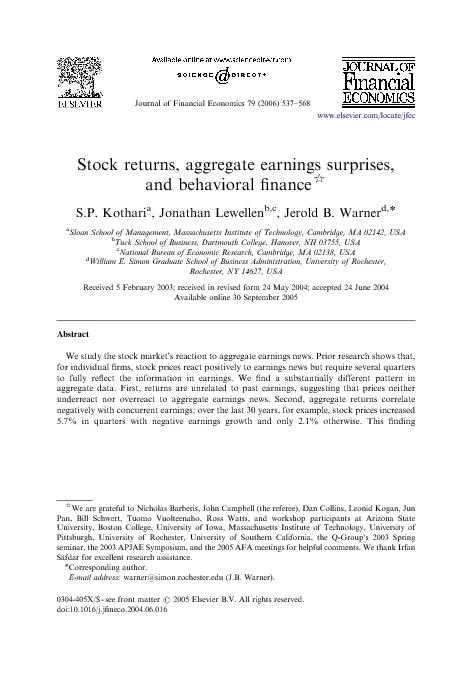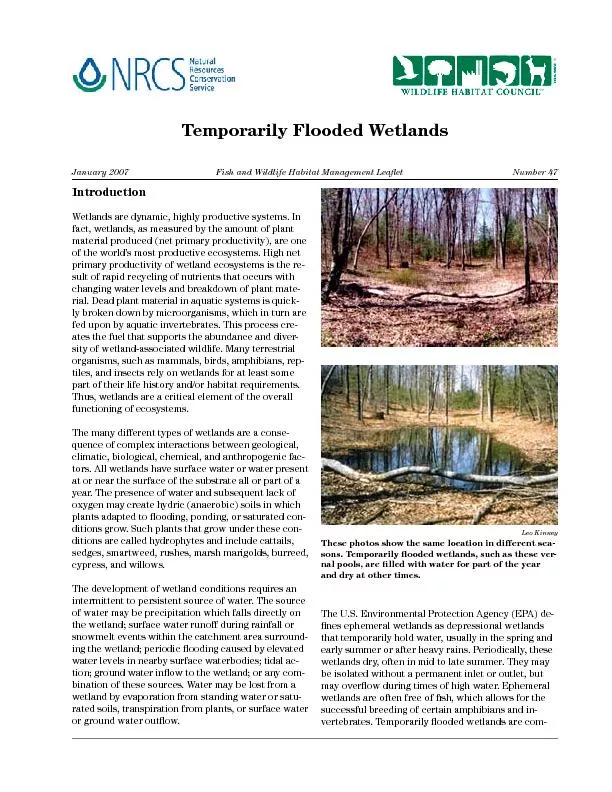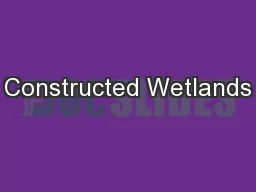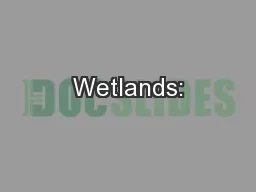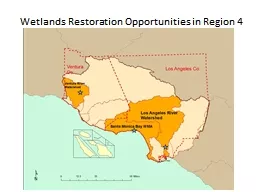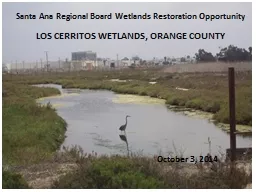PPT-E.O. 11990 Wetlands 8 Step process
Author : genevieve | Published Date : 2023-10-27
1 National Wetlands Inventory as primary and can use NRCS State and Local Wetlands Data Contact FWS or a wetlands professional if the presence is not shown on maps
Presentation Embed Code
Download Presentation
Download Presentation The PPT/PDF document "E.O. 11990 Wetlands 8 Step process" is the property of its rightful owner. Permission is granted to download and print the materials on this website for personal, non-commercial use only, and to display it on your personal computer provided you do not modify the materials and that you retain all copyright notices contained in the materials. By downloading content from our website, you accept the terms of this agreement.
E.O. 11990 Wetlands 8 Step process: Transcript
Download Rules Of Document
"E.O. 11990 Wetlands 8 Step process"The content belongs to its owner. You may download and print it for personal use, without modification, and keep all copyright notices. By downloading, you agree to these terms.
Related Documents

